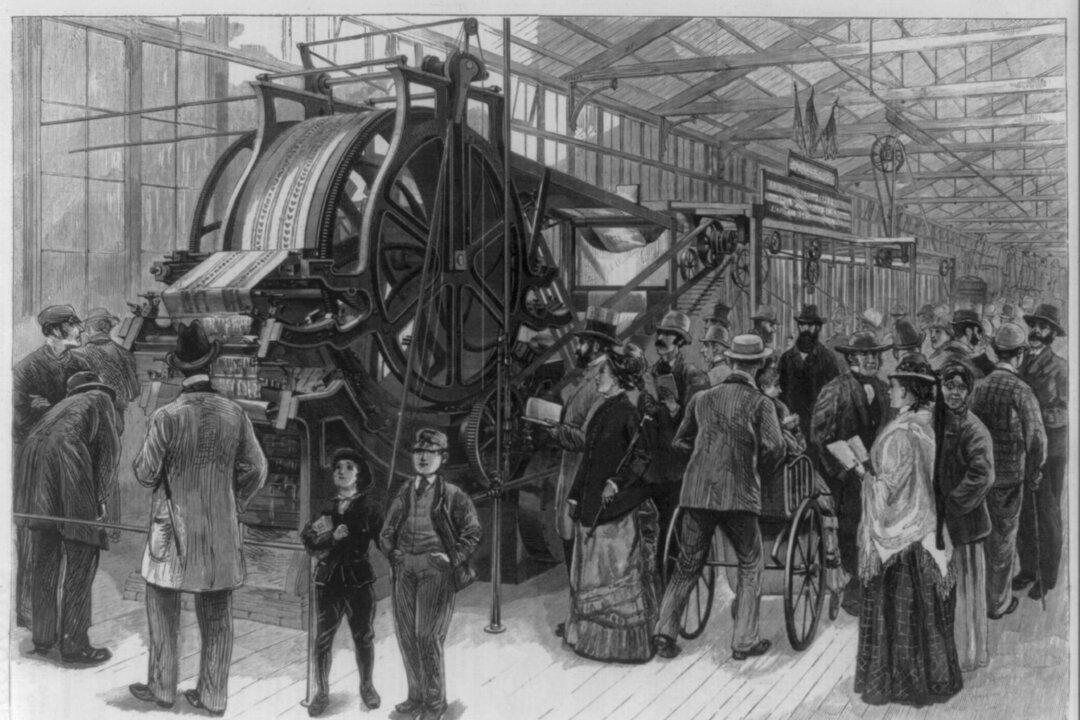This early American patriot was not known as an eloquent speaker, but Thomas Jefferson once said that he was “a man who never said a foolish thing in his life.”
Although he received little recognition during his life, Roger Sherman would become known as the only Founding Father to sign four key documents of our founding—the Continental Association, the Declaration of Independence, the Articles of Confederation, and the Constitution.






